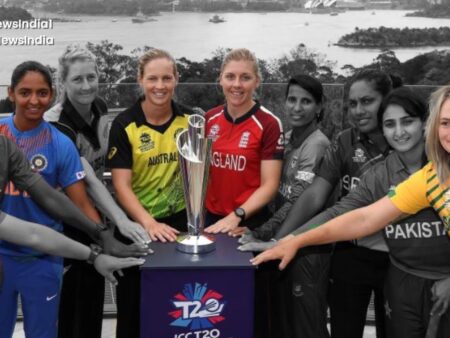
In the often intricate world of top-tier football, where tactical dogma can sometimes stifle flair, Arsenal appears to be charting a new, exhilarating course. Recent performances have unveiled a Gunners squad playing with a newfound zest, a palpable urgency in their forward thrusts. At the heart of this tactical renaissance? None other than their returning captain, Martin Odegaard, whose presence on the pitch seems to act as a potent accelerant for Mikel Arteta’s evolving vision.
For seasons, Arsenal perfected a brand of football often described as a `slow chokehold.` It was methodical, precise, and, at its best, suffocating for opponents. The ball would often be meticulously recycled, probing for the perfect angle, grinding down defenses with a relentless, albeit sometimes ponderous, possession game. This approach had its undeniable merits, especially in unlocking the genius of players like Bukayo Saka in intricate two-man plays. Yet, whispers persisted: could they add another gear? Could they be more… direct?
Odegaard’s recent return from an ankle injury, a period that saw a season of promising starts punctuated by frustrating setbacks, has coincided with a stark, almost instantaneous, transformation. It’s not merely his customary elegance or vision that has caught the eye, but a willingness to gamble, to bypass the customary niceties of possession in favour of the immediate, incisive pass. His instinct to demand the ball and spring it into dangerous areas with a single touch, a subtle drop of the shoulder preceding a perfectly weighted through-ball, has been nothing short of electrifying.
This isn`t a coincidence. It’s a deliberate strategic pivot orchestrated by Mikel Arteta. The Arsenal manager has seemingly tasked his side with attacking with greater velocity, with bypassing the opposition press and, crucially, delivering the ball into threatening zones before well-drilled defenses have a chance to settle. The statistics bear this out: Arsenal`s `direct speed` – the rate at which they advance the ball towards the goal – has seen a significant surge, moving from a previous average of 1.12 metres per second to a blistering 1.71. This isn`t just a tweak; it’s a redefinition.
For a player often lauded for his exceptional ball retention, an 87% career pass completion rate is standard for an elite number 10. However, in these recent, more aggressive displays, Odegaard`s first-half completion percentage dipped to 77%. Traditionally, this might trigger alarm bells for purists. Yet, under Arteta’s current directive, this isn`t a statistical anomaly to be corrected, but a feature to be celebrated. It signifies a calculated gamble, a deliberate exchange of absolute possession security for the immediate exploitation of space. It’s the difference between slowly dissecting a robust low block and smashing a hole straight through it, unleashing rapid forwards like Gabriel Martinelli and others into acres of space they might not otherwise find.
Such a high-octane approach, of course, comes with its inherent risks. Pushing bodies forward and gambling with possession can, by design, leave the defensive lines occasionally vulnerable. It’s a bit like a high-stakes poker game: you`re betting big, but the potential winnings are equally substantial. Yet, when you possess a defense as capable as Arsenal’s, and a front line bristling with pace and goal threat, the odds suddenly swing in your favor. The exhilarating rush of a quick counter, the sheer disruption it causes an unprepared opponent, often outweighs the momentary exposure at the back.
Martin Odegaard, the quiet orchestrator, has transformed into the daring general of this new offensive front. His willingness to embrace the role of the `gambler,` to unleash early, piercing passes, is not just activating his teammates but is, in essence, activating a more dynamic, more unpredictable Arsenal. In an era where football tactics are constantly evolving, Arteta`s embrace of `direct speed` through the masterful vision of Odegaard promises a thrilling chapter in Arsenal`s story – one where the shortest distance to goal is not just a straight line, but a beautifully executed, high-risk, high-reward proposition.










